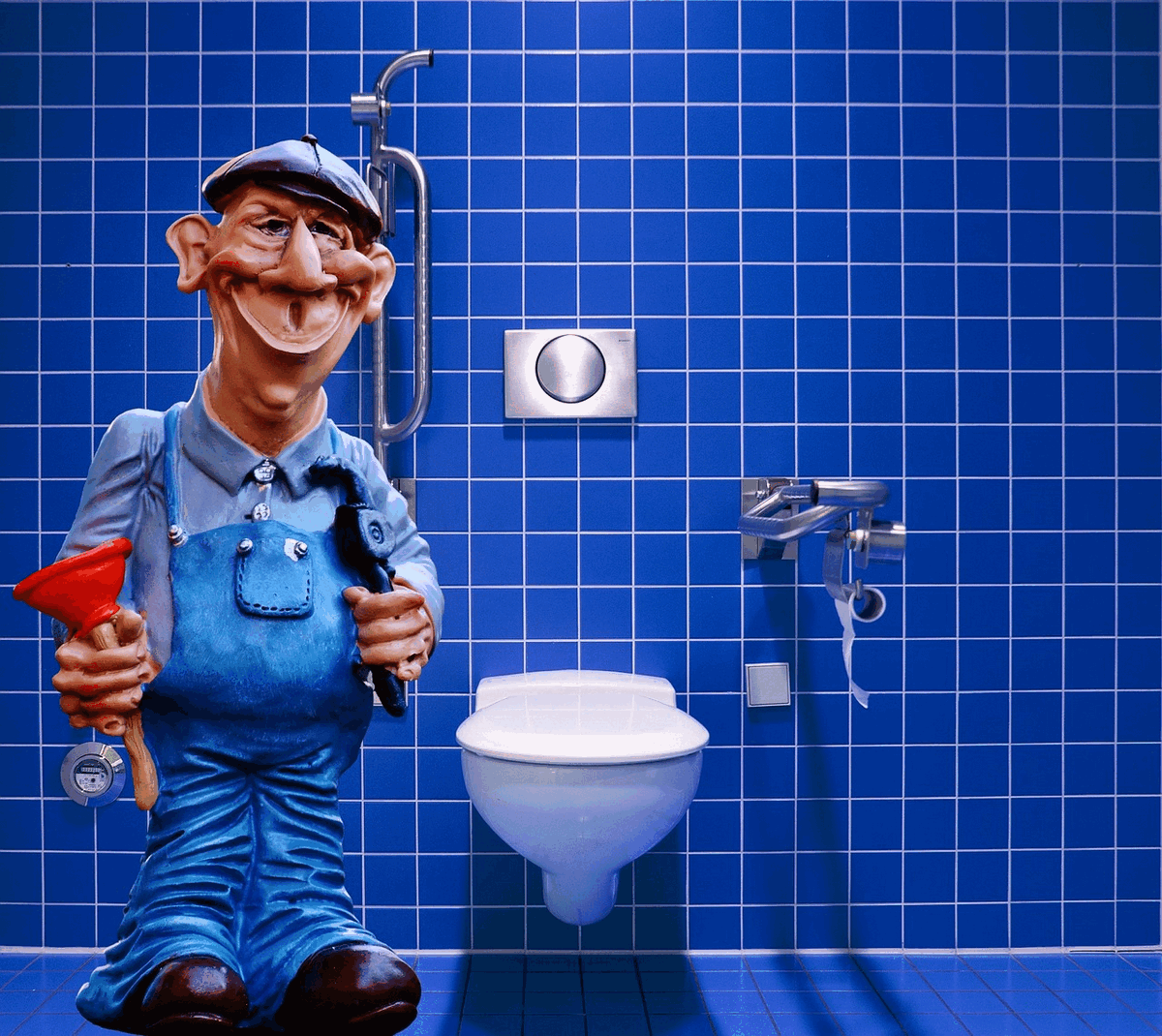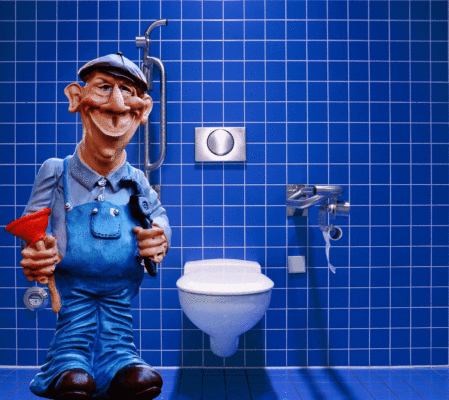DIY drainage channel unclogging, Gutter system overflow fix, Home do-it-yourself ideas, Building maintenance tips
DIY Drainage Channel Unclogging
31 Oct 2023
Few household inconveniences can be as frustrating as a clogged drainage channel. Whether it’s the gutter system that’s overflowing with rainwater, a blocked floor drain causing water to pool in your bathroom, or a downspout that just won’t allow water to flow smoothly, drainage issues can disrupt daily life and lead to potential damage to your home. However, before rushing to call a professional plumber or drain cleaning service, there are several effective do-it-yourself (DIY) methods you can employ to tackle these problems on your own.
In today’s article, we’ll explore the ins and outs of DIY drainage channel unclogging, offering practical tips, tricks, and insights to help you regain control of your water management systems. Whether you’re a seasoned DIY enthusiast or a novice looking to save time and money, the solutions we’ll discuss can help you prevent clogs and maintain a smoothly flowing drainage system throughout your home. Say goodbye to frustrating blockages and hello to efficient drainage!
Why Clean Drainage Channels
Properly maintained drainage channels are essential for the overall well-being of your home and the environment. Keeping these channels clean is not just a matter of convenience; it’s a crucial aspect of responsible homeownership. Neglecting drainage channel maintenance can lead to a host of problems, such as water damage, structural issues, and even health hazards. Clogs in gutters, downspouts, or floor drains can result in overflowing water, which, in turn, may infiltrate your home, causing damage to walls, ceilings, and foundations. Beyond the immediate impact on your property, blockages can lead to an environment ripe for mould and mildew growth. Furthermore, clean drainage channels play a pivotal role in preventing water pollution and erosion, ensuring that rainwater and wastewater are managed efficiently and do not harm local ecosystems.
Tools and Materials
Before you embark on the task of cleaning your drainage channels, it’s essential to gather the right tools and materials. Being well-prepared can make the process smoother and more effective. Depending on the specific drainage channel you’re tackling, the required equipment may vary.
For cleaning gutters and downspouts, you’ll typically need a sturdy ladder, a bucket or bag to collect debris, a trowel or scoop, and a horse with a high-pressure nozzle attachment. For unclogging floor drains, a plunger and a drain snake can be invaluable. Additionally, having a pair of heavy-duty gloves and safety goggles is crucial to protect yourself from dirt, debris, and any potential splashes.
Eco-Friendly Cleaning Solutions
In our commitment to responsible home maintenance, it’s essential to consider the environment when cleaning drainage channels. Many conventional cleaning products can be harsh and harmful to the ecosystem, but there are eco-friendly alternatives that are equally effective. Using solutions that consist of natural, biodegradable ingredients that are kind to both your living space and the environment offers a safe and effective alternative to traditional cleaning products.
Eco-friendly cleaning solutions, such as those made with ingredients like vinegar, baking soda, lemon juice, or castile soap, not only clean effectively but also reduce your carbon footprint. By embracing these environmentally-conscious opinions, you can contribute to a greener, more sustainable future while ensuring a clean and fresh living environment for you and your family.
Maintenance and Preventive Measures
To maintain the optimal functionality of your drainage and reduce the need for frequent unclogging, adopting a proactive approach to upkeep is essential. Consider installing gutter guards to prevent debris from infiltrating your gutters and downspouts, allowing water to flow freely. Regularly inspect and clean these guards to ensure their effectiveness. In addition, scheduling routine inspections of your drainage system can help identify issues, such as damage, loose components, or obstructions, before they escalate.
rim overhanging trees to minimise the accumulation of leaves and twigs in your gutters, which can lead to blockages. Be mindful of what goes down your floor drains, avoiding the disposal of large debris, grease, or materials that can solidify in the pipes. Finally, make drainage channel maintenance a consistent part of your seasonal home upkeep, including regular cleaning and inspection to prevent minor issues from becoming major problems.
Troubleshooting Common Drainage Issues
Dealing with drainage problems can be a real challenge, but understanding the common issues that might arise is the first step in resolving them effectively. Here, we’ll explore some of the most prevalent drainage problems and how to troubleshoot them:
One of the common issues you might encounter is slow-flowing drains. If water in your drainage channels is moving sluggishly, it’s often a sign of a partial clog. Use a drain snake or a plunger to dislodge the blockage, and consider making regular cleaning a part of your maintenance routine to prevent this issue from recurring.
Another frequent problem is gutter overflow, which can lead to water damage to your home. To troubleshoot this issue, check for clogs and clear them using a scoop or trowel. Additionally, installing gutter guards can help prevent future blockages, keeping your gutters flowing smoothly.
Floor drain odours can be particularly unpleasant. Foul smells from your floor drains can be a sign of stagnant water and bacterial growth. A troubleshooting solution is to pour a mixture of vinegar and hot water down the drain to eliminate the smell. Preventive measures include regularly flushing your floor drains with hot water to ward off this issue.
If you’re facing downspout discharge problems, it can lead to foundation and basement issues due to water not being efficiently channelled away from your home. Troubleshoot this by ensuring the downspout is properly connected and not clogged. Adjust its angle if necessary to redirect water away from your foundation.
Lastly, standing water in your yard can be a result of poor yard drainage, causing puddles. Troubleshoot by checking the grading of your yard to ensure water flows away from your home. Consider more advanced solutions like adding French drains or a rain garden to improve your yard’s drainage capabilities.
By identifying and troubleshooting these common drainage issues promptly, you can prevent more significant problems and maintain an efficient drainage system for your home.
DIY Drainage Channel Unclogging Summary
We hope this article has been helpful in helping you understand the importance of regular drainage channel maintenance and how you can do it at home using cost-effective, environmentally friendly DIY methods.
Comments on DIY Drainage Channel Unclogging article are welcome.
Architecture
Contemporary Buildings
Royal Botanic Gardens Edinburgh Biomes
Comments / photos for the DIY Drainage Channel Unclogging page welcome.





